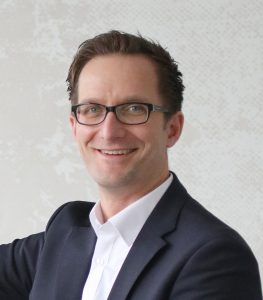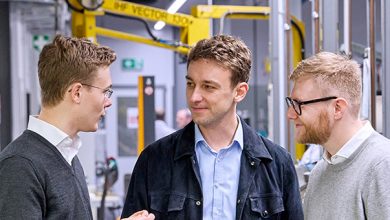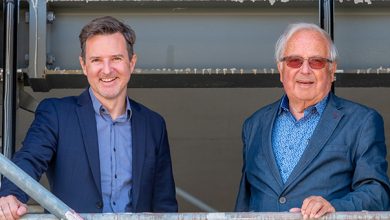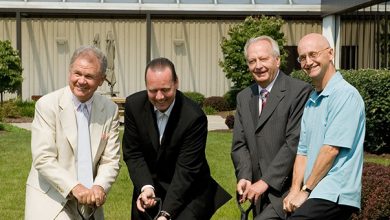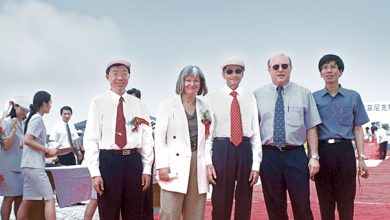In demand
Stephan Volgmann is General Manager of Phoenix Contact Deutschland GmbH. He is therefore responsible for the domestic market of the international industrial group. So, for “his” very first customer as well.
UPDATE: Mr. Volgmann, what kind of volume are we talking about when it comes to contact wire fittings, such as those sold by Phönix in 1923?
We can calculate that one contact wire clamp is needed about every 20 meters to suspend and insulate the live wires. This equates to around 50 clamps per kilometer. With around 1,500 kilometers, which made up the line network of the streetcars in the Ruhr area at that time, we get a good 75,000 fittings. So it was an item in high demand and a good foundation to start a business and capture market share.
UPDATE: What made the Ruhr area so exciting for founders like Hugo Knümann in 1923?
The Ruhr area was the “place to be” back then. Coal and steel were the pillars of industrialization, featuring an enormous influx of labor, including from abroad. The start was certainly not easy, though, because the Ruhr area was occupied by the French in 1923, which at first stifled almost any commercial activity. After its end and the first currency reform, though, the economy really took off. It was a gold-rush atmosphere, perhaps similar in comparison today with the situation after the fall of the Iron Curtain in the early 1990s.
UPDATE: From today’s perspective, what is the significance of the first customer?
The beginnings of Essen’s streetcar operations are very closely linked to the power stations and their technology. The Rheinisch-Westfälische Elektrizitätswerk RWE, founded in 1898, with the power station in Essen as its nucleus, had the newly built streetcars as its first major customers. Since their founding in 1893, they have required a great deal of energy, especially to transport mining and steel construction workers from their homes to their workplaces.
You could say that our first customer also gave us the technological genes of power supply, power station technology, electrification, and electromobility right along the way. We have remained true to them for the past hundred years.
